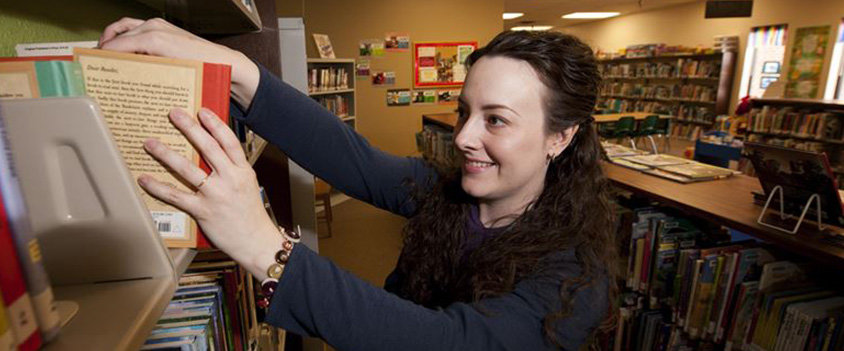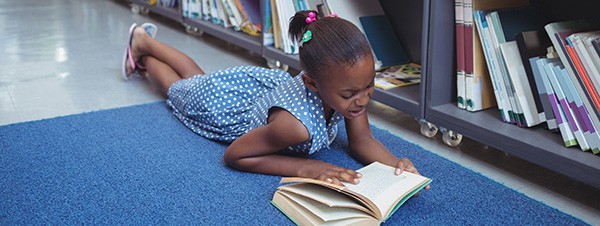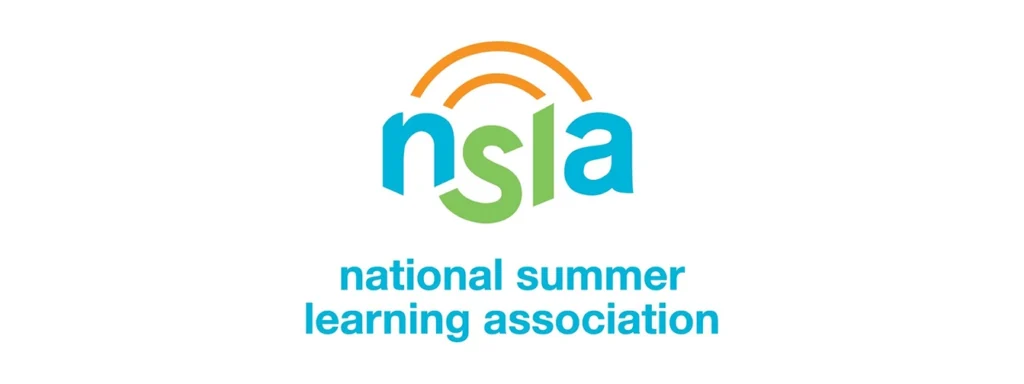Ways To Challenge Young Readers
As we are getting to the final months of the school year, it may become more of a challenge to keep students engaged in learning. This might be the perfect time of year to introduce some activities that will challenge your students to explore new books, or to spend more time reading and less time […]
Ways To Challenge Young Readers Read More »










